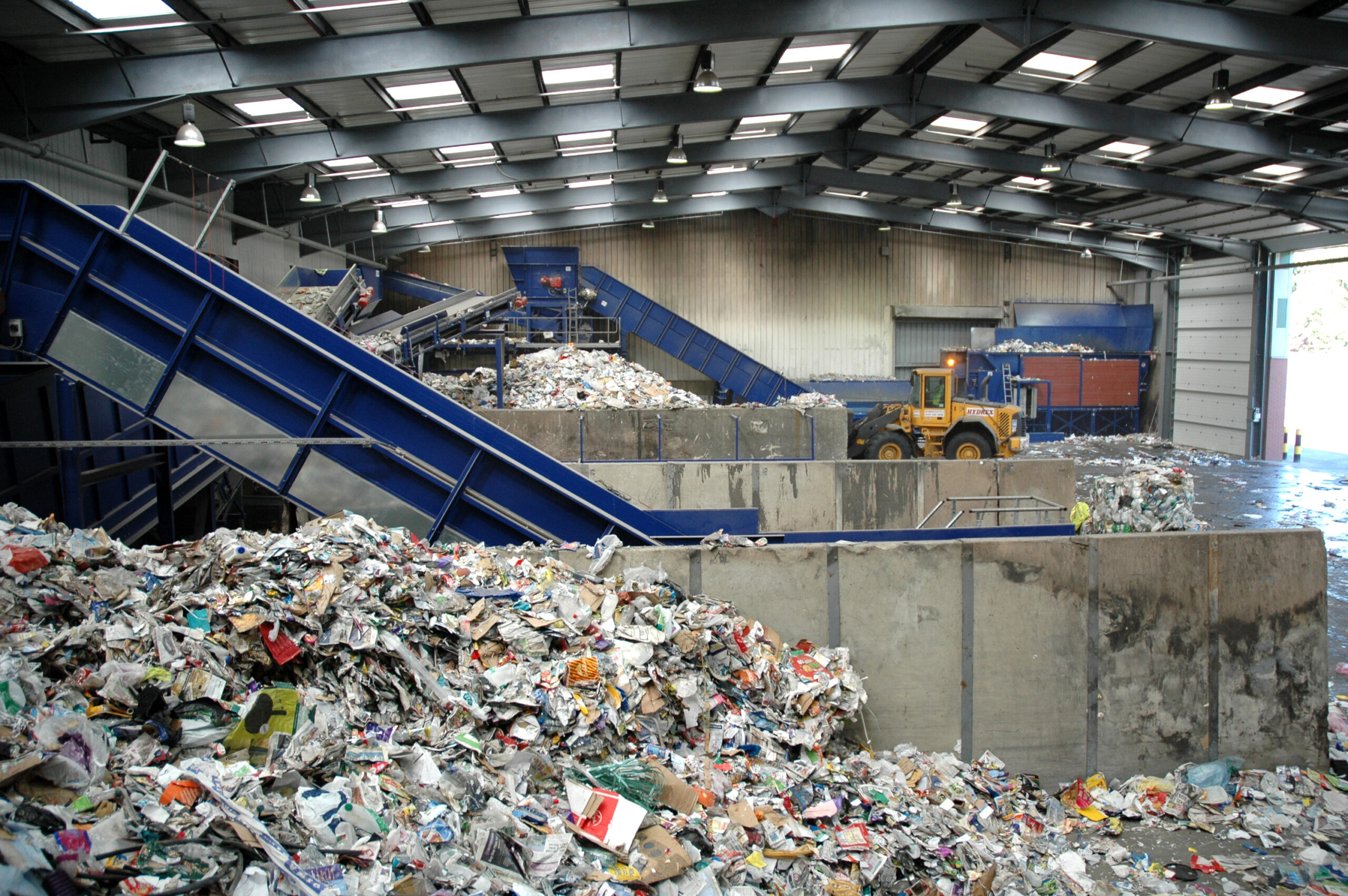Introduction
Waste disposal is a crucial issue that every country has to deal with. In the United States, waste disposal techniques have been evolving over the years to ensure that waste is disposed of in an environmentally friendly manner. In this blog post, we will explore waste disposal techniques in the USA and their impact on the environment.
Landfills
Landfills are one of the most common waste disposal techniques in the USA. Landfills are sites designated for the disposal of solid waste. The waste is buried in the ground, and various mechanisms are used to prevent the waste from contaminating the surrounding environment. Landfills are lined with clay and other materials to prevent leachate from seeping into the ground. Leachate is the liquid that forms when water mixes with waste, and it can contain hazardous chemicals.
Landfills also have a system for collecting gases that are produced by the decomposition of waste. These gases, including methane and carbon dioxide, can be harmful to the environment if they are released into the atmosphere. The collected gases can be used for energy production or burned off to prevent environmental damage.
One of the biggest issues with landfills is that they can take up a lot of space, and they are not a long-term solution to waste disposal. As populations continue to grow, landfills will become harder to find, and new methods for waste disposal will need to be developed.
Incineration
Incineration is another waste disposal technique that is commonly used in the USA. Incineration involves burning waste at high temperatures to reduce it to ash. This technique is particularly useful for medical and hazardous waste, which cannot be safely disposed of in landfills.
Incineration can produce harmful emissions, including dioxins and heavy metals, which can be harmful to the environment and human health. However, modern incinerators are equipped with advanced air pollution control systems that help to reduce emissions and ensure that they meet environmental standards.
Recycling
Recycling is one of the most effective waste disposal techniques in the USA. Recycling involves collecting waste materials and processing them into new products. Recycling helps to conserve resources and reduce waste that would otherwise end up in landfills or incinerators.
There are various types of materials that can be recycled, including paper, glass, plastic, and metal. Recycling is essential for reducing greenhouse gas emissions, conserving natural resources, and reducing the amount of waste that is sent to landfills.
Composting
Composting is a waste disposal technique that involves breaking down organic waste materials, such as food and yard waste, into nutrient-rich soil. Composting is an effective way to reduce the amount of waste that is sent to landfills and to produce high-quality soil for gardening and farming.
Composting can be done on a small scale, such as in a backyard composting bin, or on a large scale, such as at a commercial composting facility. Composting helps to reduce greenhouse gas emissions and conserve natural resources by diverting organic waste from landfills.
Waste-to-Energy
Waste-to-energy is a waste disposal technique that involves converting waste into energy. This technique is used to generate electricity, heat, or fuel from waste materials such as municipal solid waste, industrial waste, or agricultural waste. Waste-to-energy facilities can reduce the amount of waste that goes to landfills or incinerators while producing a valuable source of energy.
However, waste-to-energy facilities can produce air emissions and ash residues that require proper management to avoid environmental and health impacts. Modern waste-to-energy facilities are equipped with advanced technologies to control air emissions, reduce waste generation, and recover valuable materials from the waste stream.
Source Reduction
Source reduction is a waste management approach that focuses on preventing waste generation at its source. Source reduction techniques involve redesigning products, processes, or systems to minimize the amount of waste generated. For example, using reusable bags instead of single-use plastic bags, choosing products with less packaging, or reducing food waste by composting or donating excess food.
Source reduction is a sustainable approach to waste management because it can conserve natural resources, reduce greenhouse gas emissions, and save money by avoiding disposal and treatment costs. Source reduction can also contribute to the circular economy by promoting the reuse and recycling of materials.
Hazardous Waste Management
Hazardous waste is a type of waste that poses a risk to human health or the environment. Hazardous waste includes materials such as batteries, pesticides, cleaning agents, medical waste, and electronic waste. Hazardous waste management involves collecting, transporting, treating, and disposing of hazardous waste in a safe and environmentally sound manner.
Hazardous waste management requires specialized knowledge, equipment, and facilities to ensure that hazardous waste is handled and disposed of properly. Hazardous waste can be treated through various methods such as incineration, chemical treatment, or physical treatment. Hazardous waste management is regulated by federal and state laws to protect human health and the environment.
Conclusion
Waste disposal techniques in the USA have come a long way over the years. While landfills and incineration are still commonly used, recycling and composting have become increasingly popular. Recycling and composting help to conserve resources, reduce waste, and protect the environment.
It is important to note that waste disposal techniques are not the only solution to the waste management problem. Reducing waste generation through sustainable practices and responsible consumption is equally important. As a society, we must work together to reduce waste and find innovative solutions to the waste management problem.





